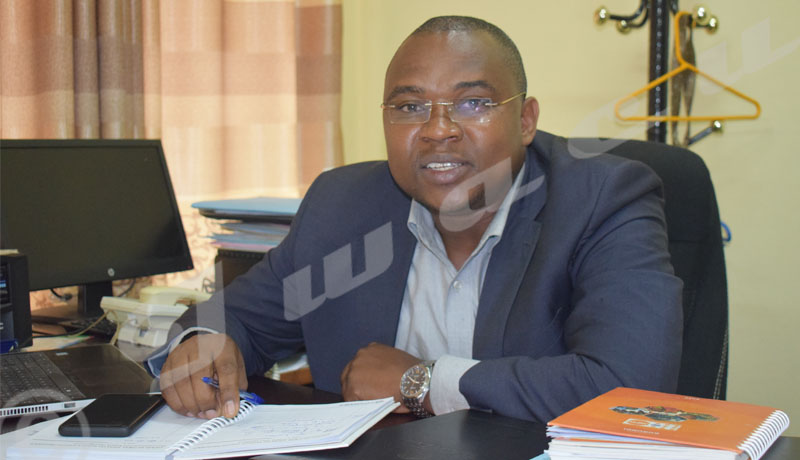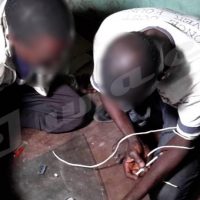A month after the Mexico City International AIDS Congress, the Director of the National AIDS Programme (PNLS) said the pandemic is not over yet.
 According to the WHO, every year about 1.9 million people are infected with HIV/AIDS. What about Burundi?
According to the WHO, every year about 1.9 million people are infected with HIV/AIDS. What about Burundi?
The situation is no longer alarming, at least if we compare it with the year 2002, when seroprevalence reached 6%. Because if we stick to the 2016-2017 reports, seroprevalence has dropped to 0.9%. Despite these advances, disparities exist. Urban centres still have acute seroprevalence compared to rural areas. This is 2.5% compared to 0.7% in rural areas.
UN AIDS would like to see no more cases of mother-to-child transmission…
That’s our concern. Unfortunately, it’s a long walk. Because about 13% of children are infected after breastfeeding when the goal is to reduce them to 5%. Normally, every woman must be consulted as soon as the first trimester of pregnancy. In rural areas, this is a protocol that they seem to ignore. Only 70% do, the rest do not care or consult late, often during the last month of pregnancy. A delicate period, because the risks of transmissions are enormous.
Does the population have this propensity to be tested?
People have a certain reluctance, forgetting that screening is the door to other interventions. That is, if the person is tested positive, they are put directly on treatment. To overcome this reluctance, we have put in place new strategies. When the seroprevalence was 6%, we did mass tests. But, with the decrease in seroprevalence, we understood that we had to change the strategy because out of 1,000 people tested, we could find 2 or 3 HIV-positive people alone. And according to the data, in terms of screening returns, the figures show that the new strategy is beginning to bear fruit. 2-5% of people tested positive versus 0.01% of the time we used mass tests.
What is this new strategy?
From now on, screening is done on the initiative of the health service provider. During the interrogation, he assesses the risk of contamination of the patient. If the mother or father is HIV-positive in a family, you understand that there is an urgent need to screen children. The same goes for sex workers. The claimant will try to convince her to show her partners. The goal of these strategies is to use few tests in order to find many cases. This helps redirect costs . Money spent on reagents can be used for other purposes, such as the purchase of drugs, etc.
According to WHO projections, by 2020, each country should have reached the three “90%”. What about Burundi?
At this level, efforts are still needed. For the first 90%, I would say that we are at 75%. This is why everything is being done with the new strategies, so that the 15% of people still reluctant know their HIV status. For the 2nd 90%, the rate of people living with HIV on ART is 98%. One satisfaction. As for the 3rd 90%, only 49% of people on ART have a suppressed viral load.
Is the stock shortage still relevant?
A question that all stakeholders in the sector have taken to heart. The government and its partners understood the need to work together. For greater efficiency, we are beginning to introduce new treatment regimens based on new molecules, including dolutegravir. According to experiments, this molecule rapidly reduces the viral load and is tolerable. Because, there are no subscriptions.
Interview by Hervé Mugisha
The policy of the three 90%
The three 90% refer to the WHO target. By 2020, 90% of people living with HIV need to know their HIV status, 90% of people infected and tested need to be on treatment, and 90% of people on treatment need to have a zero viral load















 IWACU Open Data
IWACU Open Data

